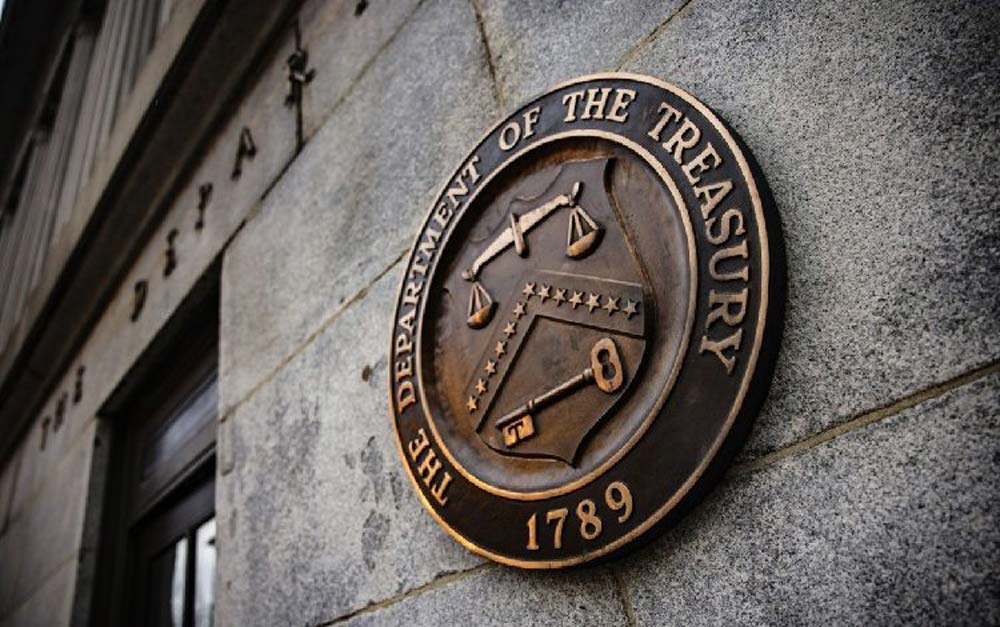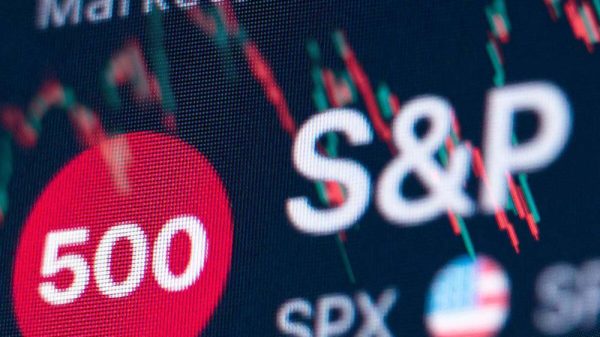U.S. Treasury yields experienced a notable rise early Wednesday as markets analyzed the potential impact of President Donald Trump’s ambitious spending proposal, dubbed the “big beautiful bill.” The legislation narrowly passed the Senate on Tuesday with Vice President Mike Pence casting the tie-breaking vote in a 51-50 decision. However, the bill still faces hurdles in the House of Representatives due to resistance from several Republican lawmakers.
Treasury Yields on the Move
As of 5:17 a.m. ET, the benchmark 10-year Treasury note yield climbed more than 3 basis points to 4.282%. Similarly, the yield on the 30-year bond rose by 3 basis points to 4.814%. Short-term yields also ticked up, with the 2-year note yield increasing by over 1 basis point to 3.793%.
For context, one basis point equals 0.01%, and bond yields and prices generally move in opposite directions. Rising yields often signal investor concerns about inflation or increased government borrowing, both central to the current market narrative surrounding the proposed bill.
The Fiscal Impact of Trump’s Spending Bill
The proposed legislation is expected to add an estimated $3.3 trillion to the U.S. fiscal deficit over the next decade. Despite this, President Trump has pushed for swift approval, insisting the bill be on his desk by July 4. The bill has been described as a cornerstone of his economic agenda, aimed at infrastructure development, defense spending, and tax cuts.
However, the scale of the proposed spending has drawn criticism from some Republican lawmakers who remain wary of its long-term implications for the national debt. This internal party division could complicate the bill’s passage through the House, where negotiations are ongoing.
Market Volatility and Investor Sentiment
Jose Rasco, Chief Investment Officer of HSBC Global Private Banking and Wealth Management Americas, highlighted the potential for increased volatility in the bond market as investors brace for the outcome of the legislative process “We expect to see more volatility in fixed income, even once they get the bill passed, whatever that looks like.”
Rasco also pointed out that once the Federal Reserve regains clarity on its policy direction, there could be significant upside for markets. The Fed, which paused rate hikes last month, is closely monitoring economic data, including inflation and employment figures, as it charts its next moves.
Broader Economic Context
Investors are not only focused on Trump’s spending bill but are also keeping an eye on upcoming economic data. The June nonfarm payrolls report, scheduled for release on Thursday, will provide crucial insights into the labor market and the broader economy. Additionally, trade negotiations are back in the spotlight, with the temporary pause on certain high tariffs set to expire next week. These factors add to the complexity of the current market environment.
A Holiday Pause Ahead
In observance of Independence Day, the bond market will close on Friday, giving investors a brief respite to digest the week’s developments. However, with so many critical events unfolding, market participants are bracing for a potentially turbulent second half of the year.











